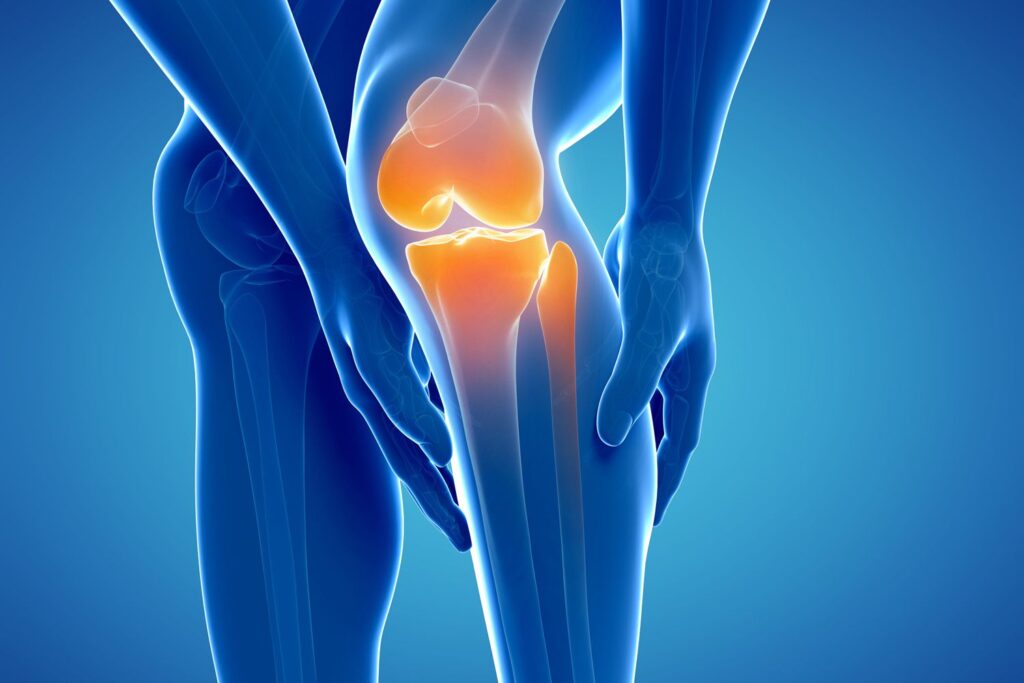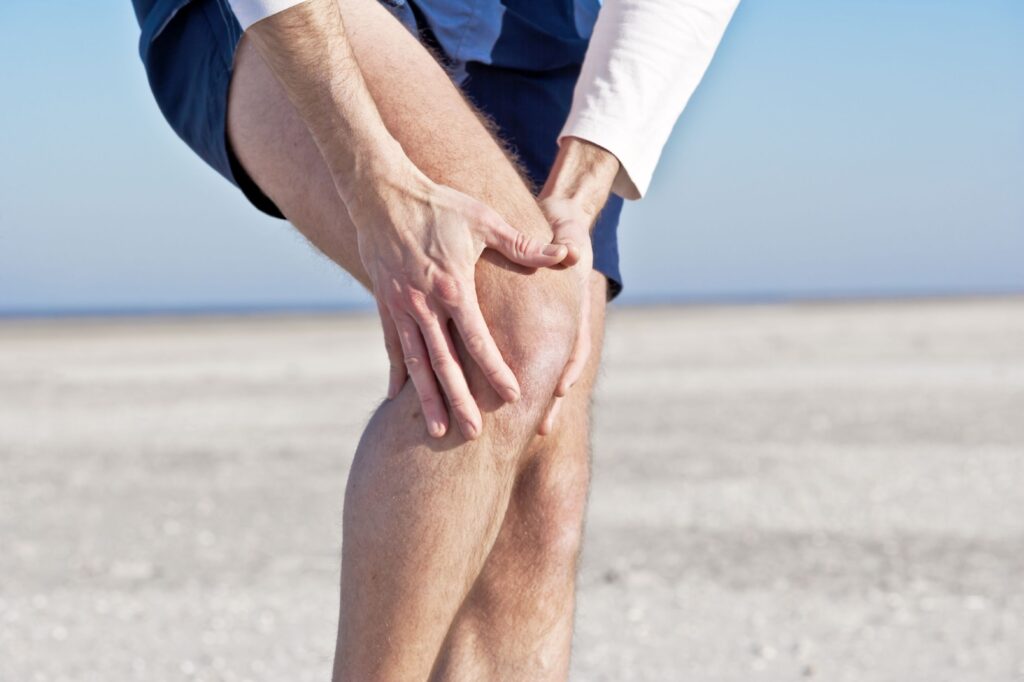In simple words, a joint is a point where two bones are connected. They function in facilitating movement and providing stability to the skeleton. Hence any disease affecting the joints can cause pain and ultimately hinder the mobility of a person. Some of the common causes of joint pain are:
Arthritis
The inflammation of joints is known as arthritis. There are several types of arthritis, including osteoarthritis, rheumatoid arthritis, psoriatic arthritis, knee arthritis treatment etc. It is the most common etiology of joint pain. Other symptoms include swelling, stiffness, and tenderness of the affected joints.
It can damage single or multiple joints, depending upon the type and severity of the disease. Obesity and old age are well-established risk factors. Moreover, genetic predisposition or family history is also found in the majority of cases.

Gout
An excess of uric acid crystals in blood results in their deposition in the joint space. This causes inflammation of the joint. The symptoms initially appear in the big toe and then proceed to involve more joints (for example ankle, knee) if left untreated. Inadequate kidney function is one of the major factors responsible for the disease.
Other risk factors can be male gender, being overweight, comorbidities such as high blood pressure and diabetes, certain medications (diuretics), increased alcohol intake, and in some cases, a diet rich in purines (the breakdown of purines produces uric acid).
Rickets/Osteomalacia
Vitamin D deficiency can be termed rickets in children and osteomalacia in adults. The lack of vitamin D results from decreased intake (malnutrition), insufficient exposure to sunlight, or reduced absorption from the intestine. The outcome is softening of bones and pain, more marked in weight-bearing bones. In children, rickets can cause bone deformities such as the bowing of legs.
Infections
Infection of a joint is called septic arthritis. Mostly caused by bacteria but some viral causes are also recognized. The infective organism usually travels through the bloodstream and infects the joint. However, direct infection after surgery or by an open wound is not unlikely. Symptoms include fever and chills, intense pain especially on movement, warm swollen tender joint. A weakened immune system increases the chances of acquiring a joint infection.
Neoplasms
Some malignancies of the bones can present with joint pain as the main complaint. Hence, it is important to take a comprehensive history, perform necessary examinations, and investigate cancer as a possible diagnosis. In addition to bone cancers, blood cell cancer (leukemia, etc) can also be the source of pain.
Home Remedies
You can now manage joint pain with ease by following some simple guidelines. Firstly, a little exercise goes a long way. Being active and keeping your joints in use helps delay and arrest the damage. Research shows the positive impacts of swimming on joint.

diseases and it is highly recommended in such cases. Alternative use of heat and cold is another proven way of diminishing the harmful effects of inflammation, therefore, providing relief. Last but not the least, changing your diet can be beneficial in multiple aspects.
Since obese people are more susceptible to suffer joint pain, having a healthy balanced diet and cutting down on fried, processed food can help in losing weight, ultimately making joint pain less likely. Besides, household ingredients such as turmeric, garlic, capsaicin are popular for their anti-inflammatory properties. Frequent use has shown some merits in soothing joint pain.
Treatments
In severe cases, the pain can be hard to manage and cause significant trouble in daily life chores. Getting professional help in these cases is essential to a person’s mental and physical wellbeing. Various treatment modalities are being used, ranging from medication to joint replacement surgeries.
The relatively recent practice of using regenerative medicine to combat joint pain is being practiced by Orthoremedy. The use of stem cell therapies and platelet-rich plasma (PRP) injections is a fairly innovative approach in the orthopedic field where previous surgery was thought to be the only option.
Among various advantages, the minimal adverse effects and no lengthy hospital stays are definitely worth mentioning. Along with this, physiotherapy is suggested to each patient to strengthen the muscles as well. Consequently, it can be the most suitable treatment for loads of patients.
Complications
Joint pain can progressively worsen if it is neglected. As the skeletal system is weakened over the period of time through diseases and age collectively, pathological fractures can be anticipated in these patients. A fracture can render a patient to be completely immobile.
Apart from this, marked destruction of any joint can decrease its range of motion producing some degree of disability that can also become permanent. Seeking treatments and consultations on time can very much help in avoiding these deleterious sequelae.


